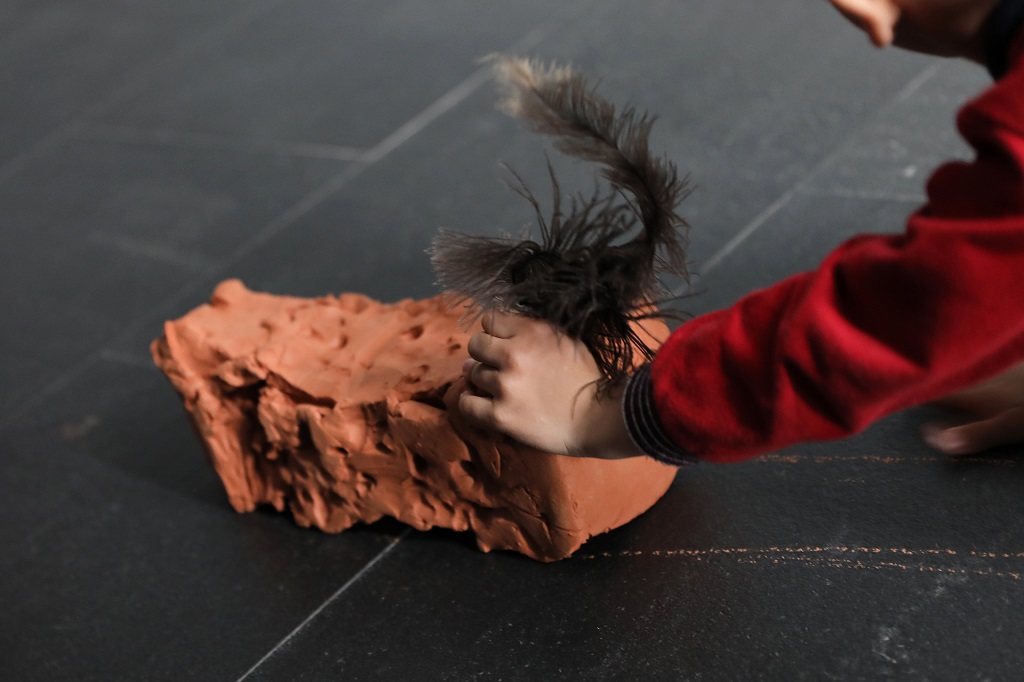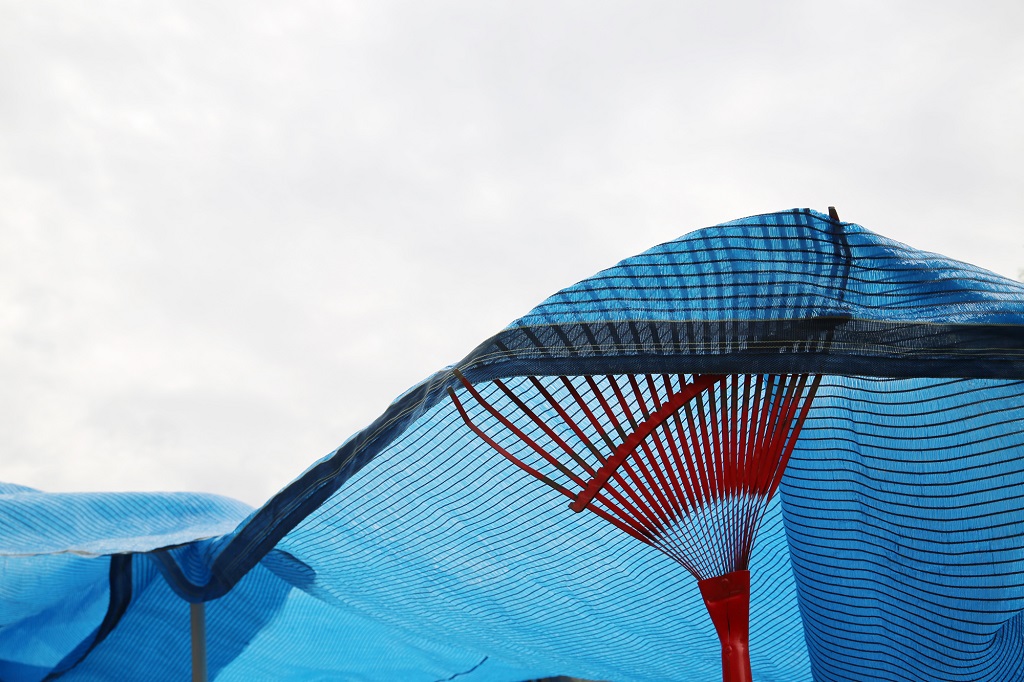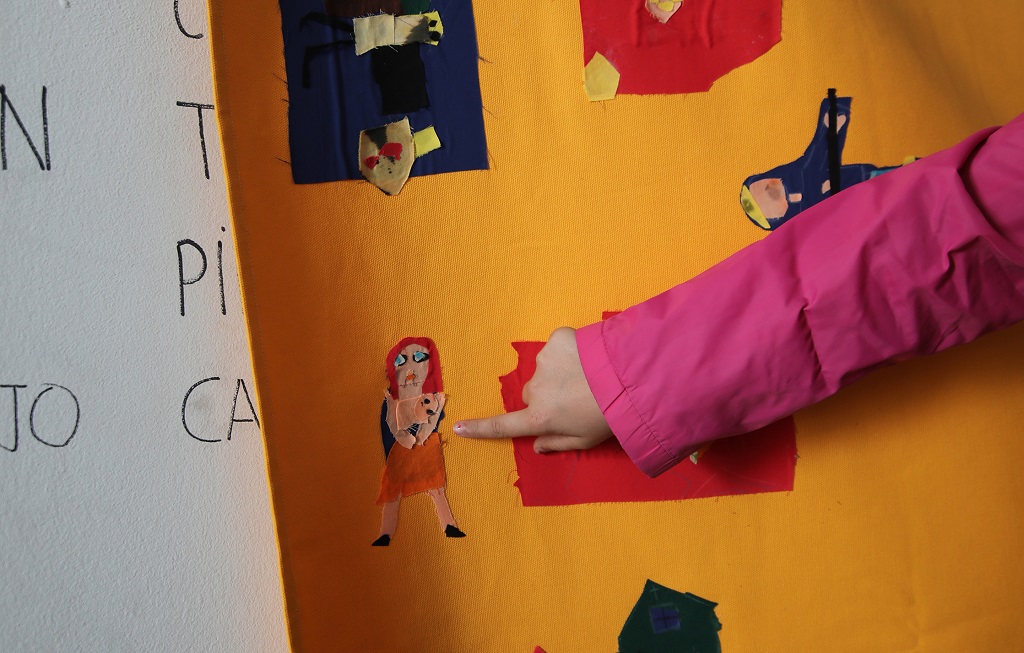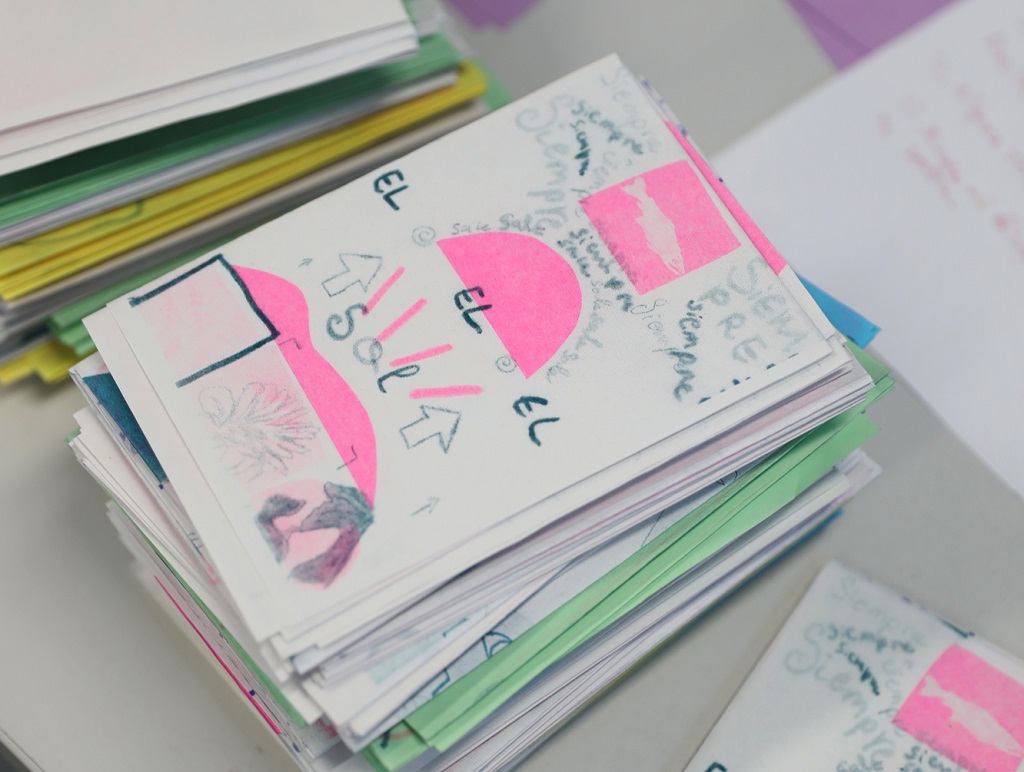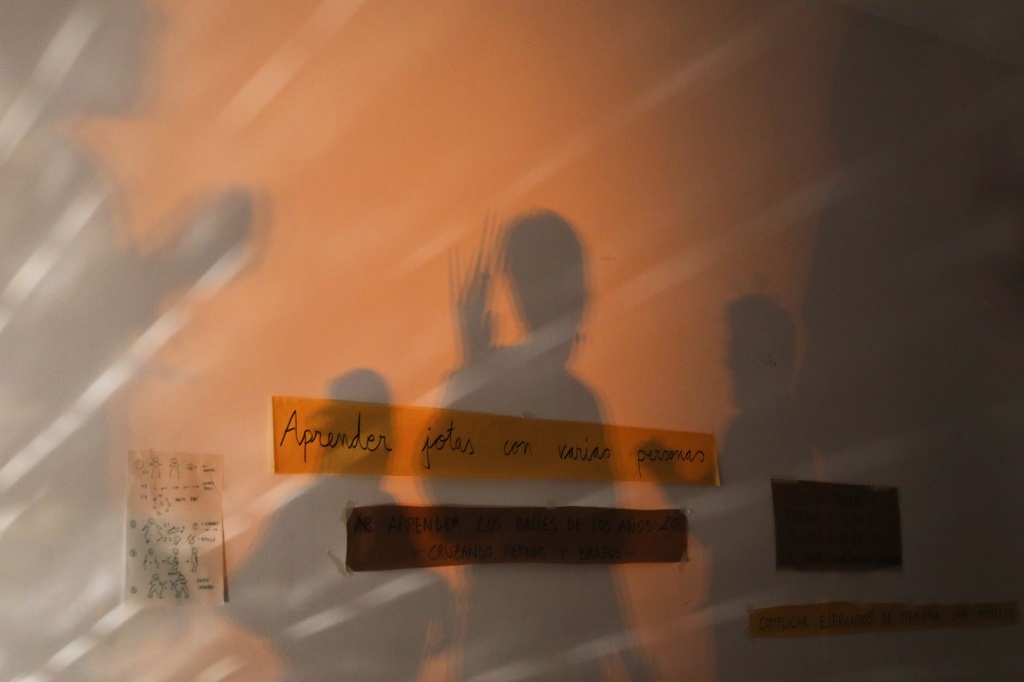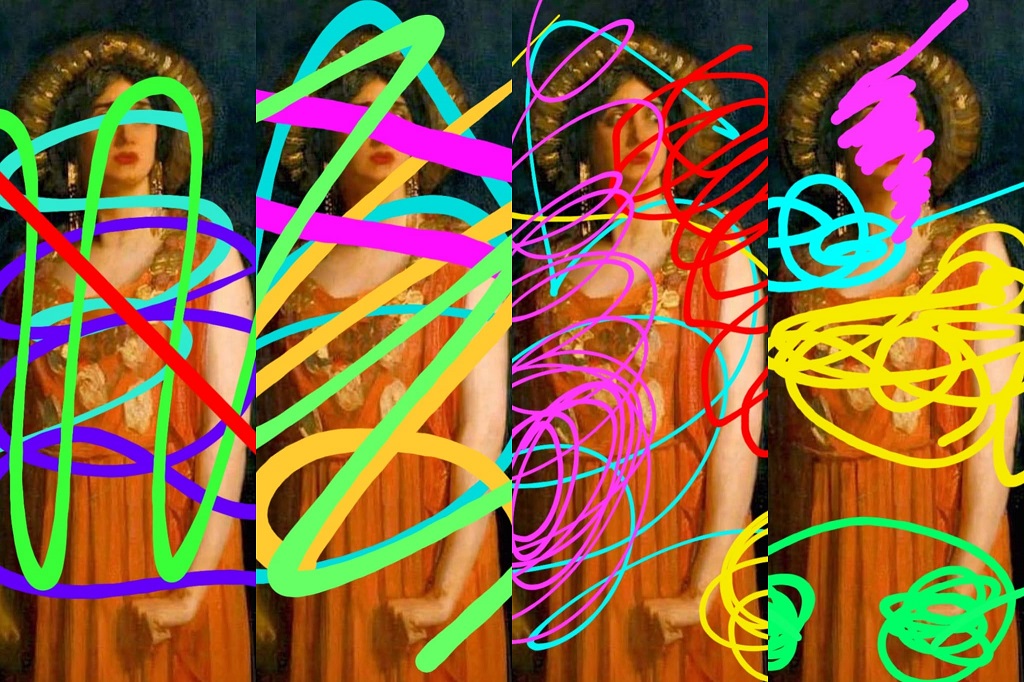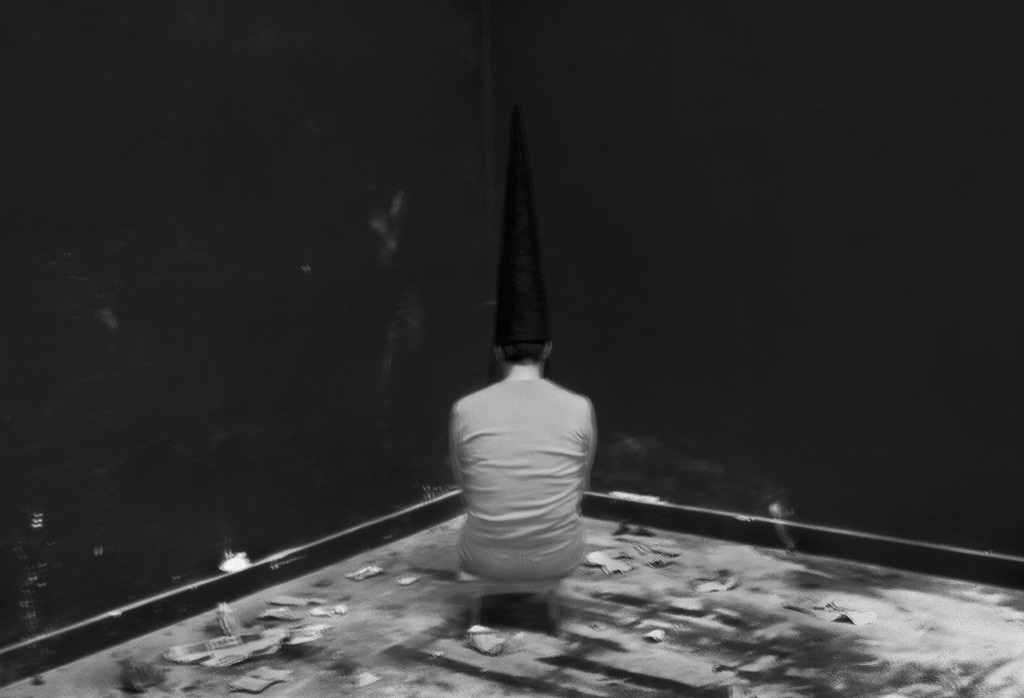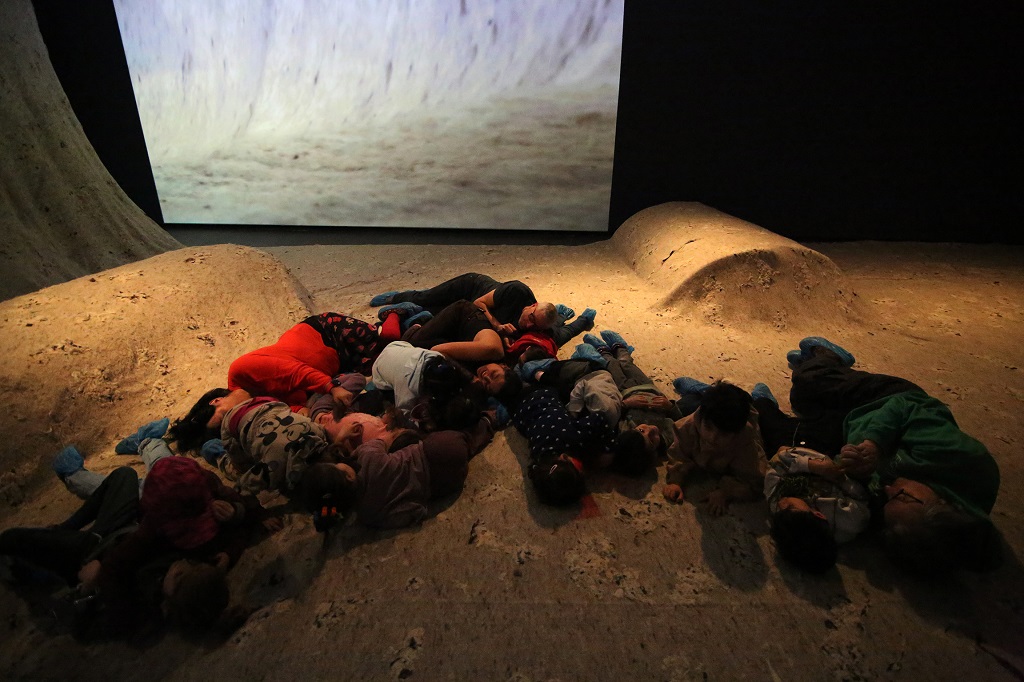At one of our meetings last school year, Goya told us that her [AS1] school, Zaleo, would no longer have students aged three to six. This news heralded the end of an educational model that has vanished over time, just like many other schools for children aged birth to six.
Based on this revelation, our conversations revolved around how this change not only affected schools but also community life. We nostalgically recalled parks that used to ring out with children’s laughter and unexpected discoveries in the morning: carefully tracing the route taken by an ant, looking at the shape of leaves, strolling through the market and being fascinated by its rhythm. We imagined how with larger student-to-teacher ratios per classroom, schools could no longer allow themselves the luxury of spending the mornings on outdoor activities. This scene, which is common yet exceptional, will never be repeated.
And we wondered about the consequences of this. What learning opportunities were we depriving the children of? We want to keep the image of young explorers on the streets before it disappears completely, valuing the lessons they can learn and discoveries they can make in parks, squares and markets.
This academic year 2024–2025, we are carrying on with the project of partnering with the EnterArte collective. This project, which focuses on education for children aged birth to six, aspires to transform our museum and classrooms into laboratories of experimentation about education and art. We want to strengthen our bonds through gatherings and activities that connect us with the essence of childhood. With this partnership, we are seeking to make the museum a more accessible space adapted to this age group.
This project, focused on education for children from 0 to 6 years of age, aims to transform the museum and classrooms into laboratories for experimentation on education and art.
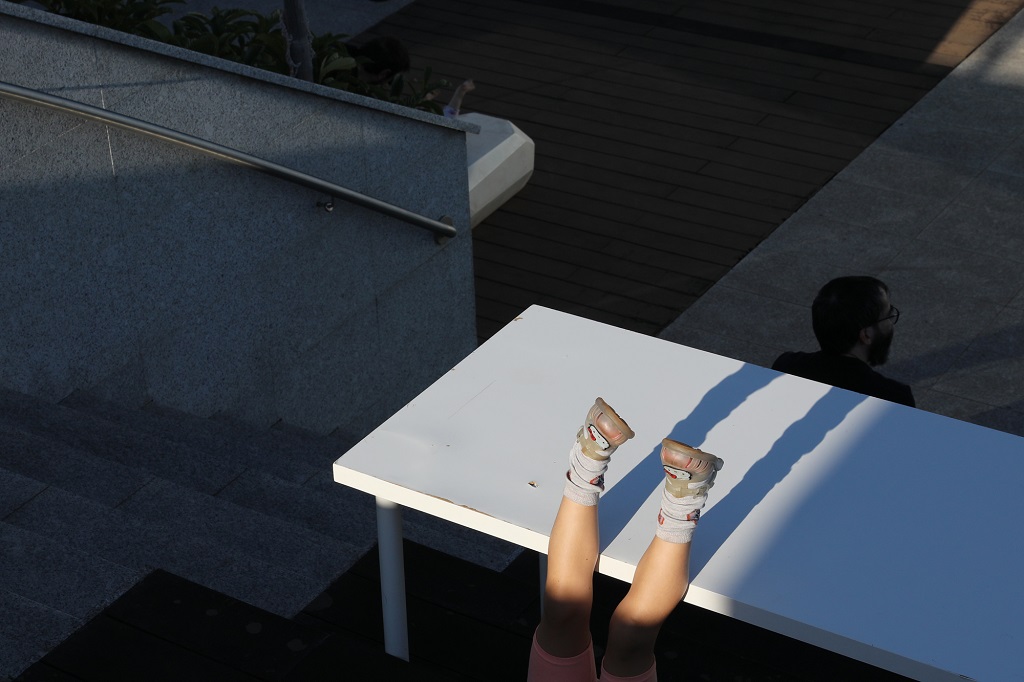
Picture: Sue Ponce.
